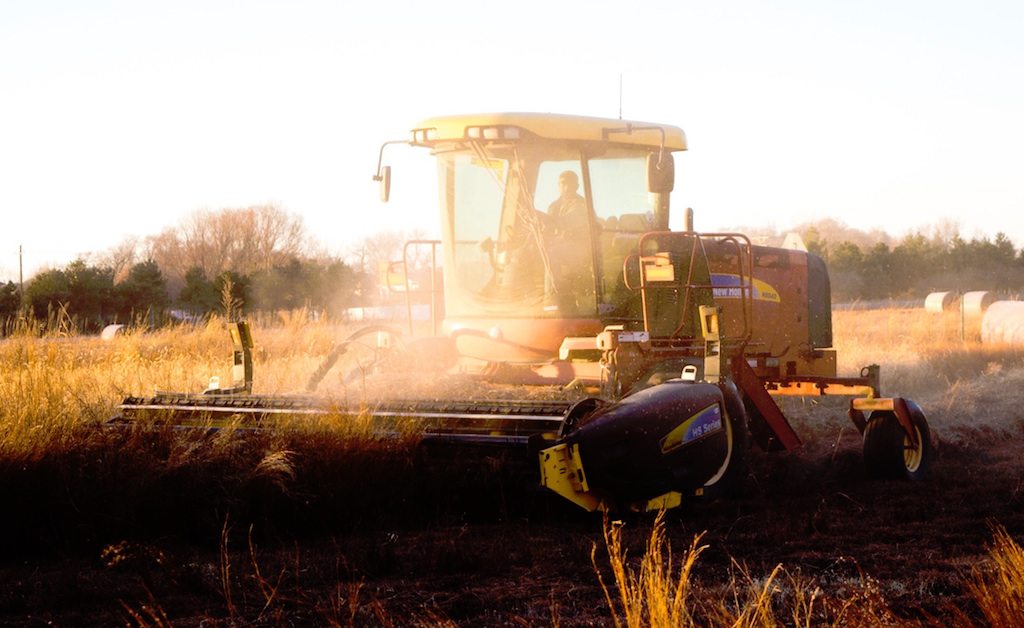Major farm groups have lobbied for the right to cull wolves. A new study finds the animals may have gotten a bad rap.
A new study covered in Modern Farmer challenges the notion that wolves are a major antagonist for ranchers and their herds. The common perception has fueled demands from agricultural organizations like the American Farm Bureau to pull the animal from the Endangered Species Act, enabling ranchers to cull them. Yet, after studying Spanish communities that reported heightened wolf activity, researchers at England’s University of Leeds say that wolves are a scapegoat, and U.S. statistics show wolves aren’t a problem for all farmers, or even most farmers, depending on region. When Modern Farmer analyzed 2015 self-reported data from the National Agricultural Statistics Service, wolves accounted for just 5 percent of all U.S. cattle deaths compared with coyotes, which accounted for 40 percent, and domestic or feral dogs, which were responsible for more than 11 percent of deaths. Researchers found that trained guard dogs and nightly fencing were effective in preventing wolf attacks in some areas. Since these costs can add up, the study suggests government-funded programs should assist ranchers with the specific needs of their farms. But ultimately, with ramped up-conservation efforts bringing the animals back to places where they were once eradicated, ranchers and wolves will simply have to learn to coexist. And for that, education and information are just as important.



